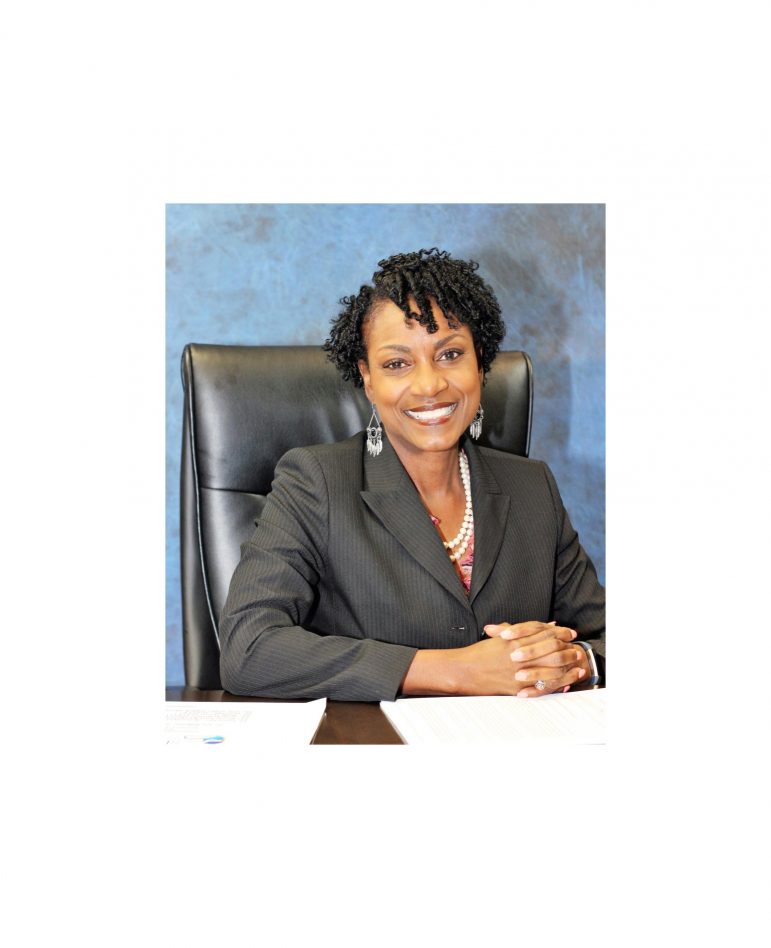Selma City Schools is the first district in the state to announce classes will be completely virtual to start the academic year. The move goes against President Donald Trump’s demand to fully reopen schools nationwide amid the pandemic. Avis Williams, superintendent for the district, which is mostly Black, said the decision was based on coronavirus numbers in the community and a survey completed by teachers and parents.
What were some of the concerns among parents and teachers?
Concerns vary from wearing masks all day to fears of the sanitation or cleanliness not being enough to fight the virus. What happens if we have to be quarantined? How safe will it be if a teacher catches it from a student? And, what if I have underlying health issues? So the concerns were pretty great, but they vary depending on whether it was one of our family members or a teacher. And even within the teachers, they are in different places as it relates to their own personal health, as it relates to whether they’re caring for an aging parent or have a newborn child.
How long will remote learning last for Selma City Schools?
We will use data to make that decision. But phase one of our reopening plan is for the first quarter of the school year. So what we know right now is we will begin with remote learning and we will remain that way through the first quarter of the school year. So at some point before the end of the first quarter, we will do some additional surveys and look at data and, again, make a decision as to whether it’s safe or not for our scholars to return to school.
Is there any support for parents who are essential workers and unable to assist kids with virtual learning?
Absolutely. And one thing that I’m going to do is ensure that we are communicating with families to find out specifically what some of their needs are. Selma is a very connected community, which is one of the strengths that we have as we move forward with this. So I do look forward with connecting with many of our community partners, including the churches within the community, so that they can help us support families who have challenges.
How will your district ensure that kids have the resources needed for virtual learning?
So we’ve ordered hundreds of Mi-Fi devices and we will issue those to families that need them. And if we need to, we will also equip our buses with Wi-Fi devices and make sure that we have those in several places throughout the city as well. So our goal is to ensure that connectivity is available for all families and some of that will involve us checking in with families. We did do a survey early on and one of the questions that we asked was about connectivity. And we realized that we needed to go in a little bit more detail because some families answered that question based on cell phone access, but not necessarily having Wi-Fi connectivity. And so we do want to make sure that we have a clear understanding of the specific needs of our families so that we can either issue those Mi-Fi devices or provide some remote hotspots through our school buses. And we’re also working with the city to provide some free hot spots around Selma that will be available for families to use.
What are your concerns as you approach this school year?
Well, one of the things that we have learned is that there are a lot of unanswered questions. And as a superintendent, that’s not a good feeling when we don’t have clear cut answers. So it’s a challenge to know that there are some mistakes that may be made along the way. The good thing about it is we have an amazing team that’s very creative and very committed to problem solving and to looking at our networks and our resources and reaching out so that we can collaborate with others and learn more about where this is already being done well, to help us overcome some of those challenges. So the unknown is the greatest challenge. This is not something we’ve ever done before. No one in our lifetime has ever opened school during the midst of a pandemic. And that uncharted waters is, of course, an interesting space to be in. We’ve learned a lot and the geek in me sometimes gets really geeked up about the new learning that’s taken place through all of this. But I’ve really enjoyed the creativity that I’ve seen in my teachers and leaders and staff and just their commitment to making sure that we are problem solvers with growth mindsets. So we’re not looking at what we can’t do. We’re looking at how we can do. And that’s the attitude that we’ll have to have as we move forward.
This interview has been condensed and edited for clarity.

